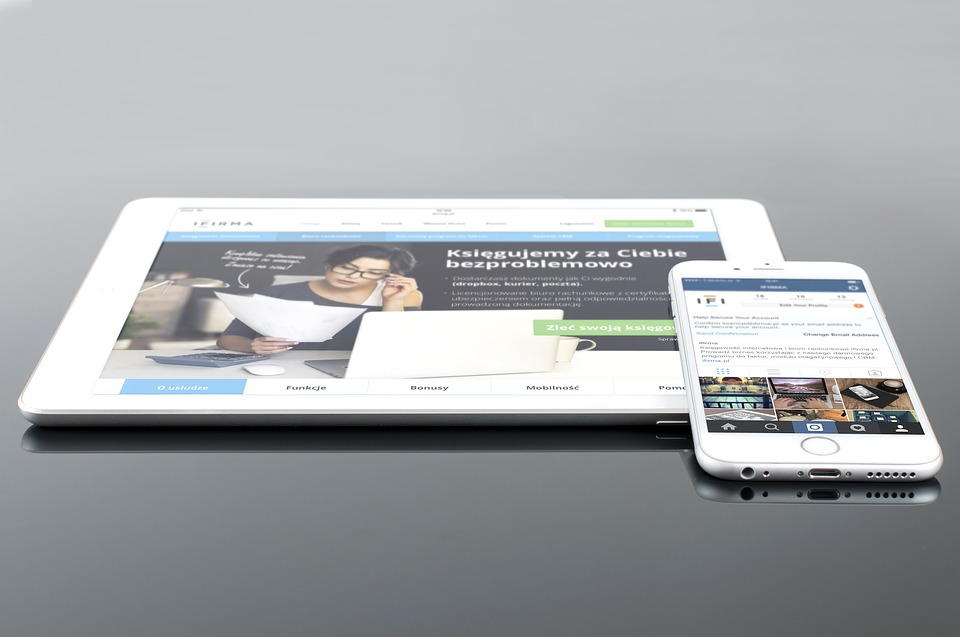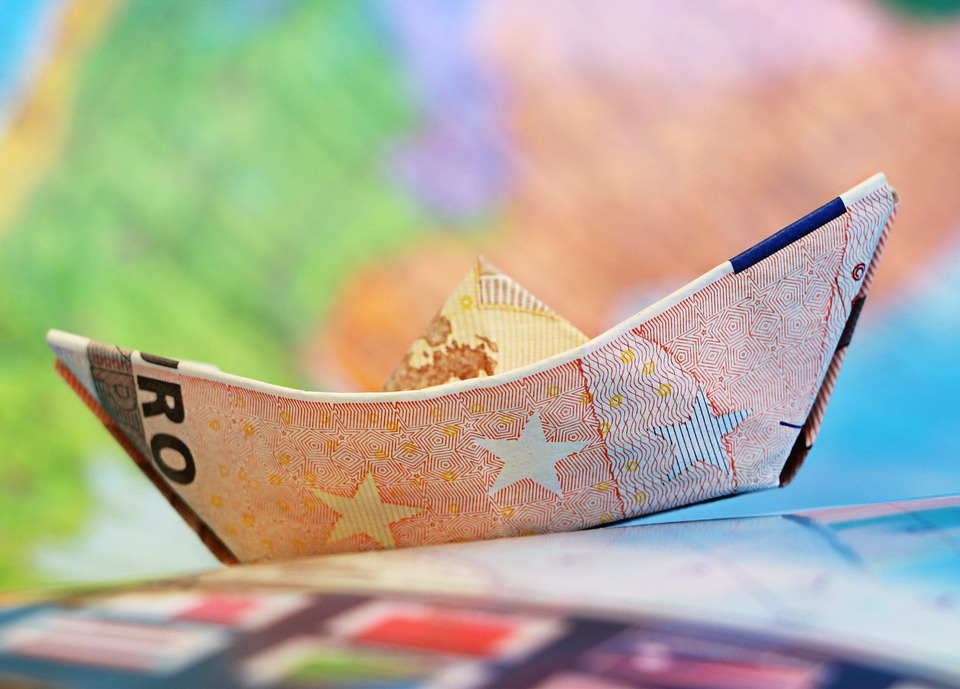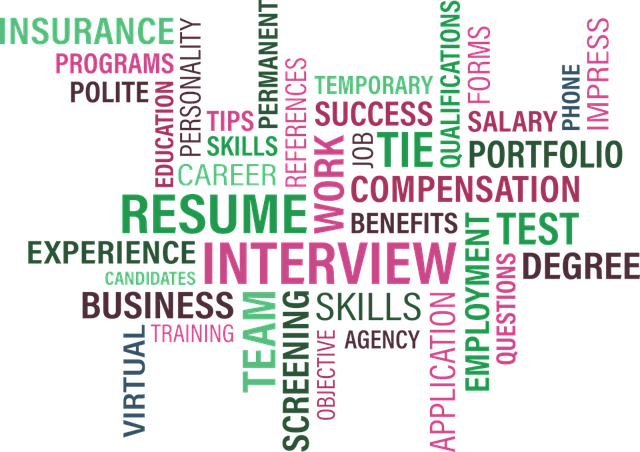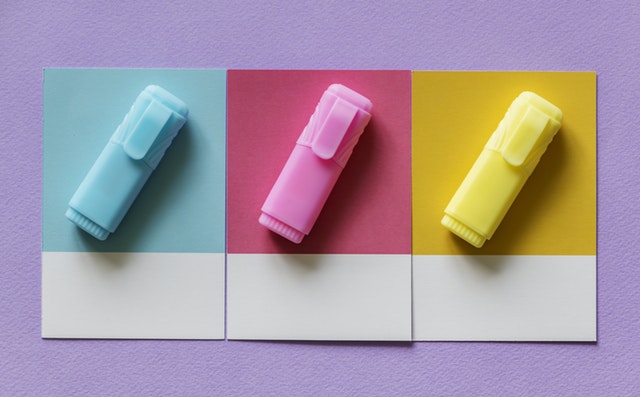In this day and age, the likelihood of landing your dream job can depend a lot on your resume. As a graphic designer, you’re supposed to be creative, original and hard-working by default. Not only must your CV list your skills and achievements, but the CV itself should be very well designed with a clear typography. So if you’re going to submit an 8.5 x 11 print-out of an MS Word Doc, you might as well not even apply. However, putting together a killer resume is not as hard as it sounds. These tips can help get you started.
1. Adapt The Resume To Your Needs
Have a basic resume always ready, but make sure you customize it when you’re applying for a job. Keep it brief and — above all — keep it relevant. Ask yourself: Who is their ideal candidate and how can I assume that role? Which skills of mine are best suited for the job? You may be a pro at Adobe After Effects, but if the job calls for photo editing, highlight your skills in relevant software. In other words, maximize your potential of landing the job by focusing on the areas that present you as the perfect candidate.
2. Show Off Your Creativity And Personality
Be unconventional. Make use of blank space. If you’re sending a physical resume as opposed to a soft copy, use high quality paper. Be innovative in terms of packaging. Do you want it folded? Do you want it as a brochure or a leaflet? If you’re emailing it, consider designing your resume as an infographic. In other words, your future employer should get an idea about your superb skills and the kind of person you are, even before glancing at your portfolio.
3. Tick Off These Boxes
Don’t forget to include the standard stuff, and make it very very clear and easy to find. This includes your name and contact info, past job and internship experience, software skills, awards, education, capabilities and interests. You may also include a personal statement. And while you’re at it, pay attention to the typography. Good typography is essential. It is the first thing a potential employer will look at. If the type is very good, they will most likely want to meet you. If the type is weak, even if you are qualified, they will not want to meet you.
4. Don’t Lie/Plagiarize/Forget To Spell-Check
Even if you feel you’re under-qualified, don’t lie or copy someone else’s design template. Plagiarism is unacceptable, and many employers have methods of checking out your claims and credentials to make sure you are original, and if you lie or bluff through your achievements, remember they may check references or ask you to demonstrate something that you lied about doing. Don’t ever compromise on your personal integrity. And yes, even if your English skills aren’t up to the par with your design skills, try not to give that impression. Ask a friend or co-worker to proofread your CV before handing it in. An unintended spelling error may earn you a thumbs down from the company.
Above all, continue to work on your resume. Remember, you are always evolving, both as a designer and as a human being. Your resume should reflect that, albeit in an aesthetically-pleasing manner. Good luck!
Interested in learning more about pursuing graphic design? Visit NYFA’s Graphic Design School today.





